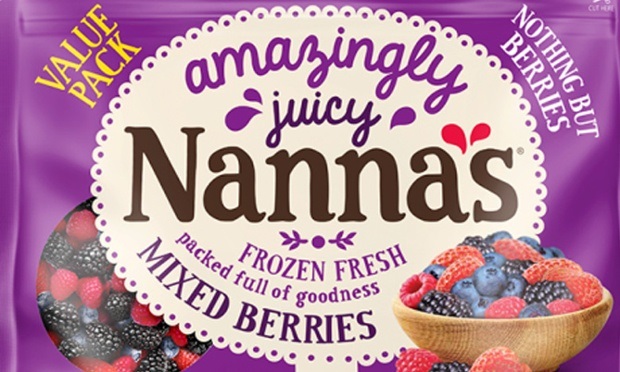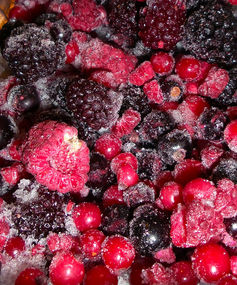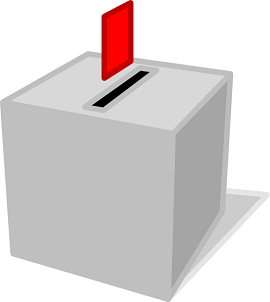As of Wednesday evening 14 cases of hepatitis A have been linked to frozen berries. More are expected. Schools are on the alert as the berries have been used and consumed in cooking classes. At least one preschool used the berries to make smoothies for an afternoon snack.
Agriculture Minister, Barnaby Joyce, said the government was considering a review of testing on imports under Food Standards Australia and New Zealand (FSANZ) as more hepatitis A cases turned up. His department wrote to the Chinese government to ask for assurances on the food testing measures.
As for the government doing anything concrete Abbott has virtually ruled it out, saying that it is the responsibility of businesses ‘not to poison their customers’. A crackdown would just add to the cost of food, he says.
Meanwhile Patties, the company concerned, has cast doubt on the quality of Australian produce, angering growers.
Patties say their:
“policy was to acquire Australian fruit wherever possible,” despite the fact in the past two years it sourced berries from China, New Zealand, Canada, Chile, United States, Greece, Turkey and Serbia.
In this case:
The four recalled products – one-kilogram packs of Nanna’s Raspberries and Frozen Mixed Berries, as well as 300 gram and 500 gram packs of Creative Gourmet Mixed Berries – were largely sourced and packed in China. (Emphasis added)

The Conversation has an explainer.
Hepatitis A can come from the berries being grown in infected water, washed in infected water, picked or packed by people carrying the virus, getting contaminated by infected animals, such as livestock, rats, mice or bats, at some stage in the production cycle, or mixing with other ingredients contaminated with hepatitis A virus during processing.
The infection can be inside the berry itself.
About 90 per cent of China’s groundwater is polluted, 65 per cent severely so, with contaminates such as pesticides, fertilisers and petrochemicals, a report from the Centre of International Security Studies at Sydney University showed.
The real problem, however, is faeces. Human poo is used in China as fertiliser. I understand that customs don’t test for bacterial or viral pollution. I did hear that the berries were now sent to an overseas lab for testing. Are we a first world country?
A new focus has come on labelling. Consumers want it, there have been endless inquiries, and exactly nothing happens. Choice tells us we are stuck with statements like ‘Packed in Australia using imported fruit’ or ‘Made in Australia using local and imported ingredients’ which offer very little information about a product’s origin and are largely meaningless to consumers.
It looks as though Joyce wants to do something about labelling, but I think it lies in the health portfolio. At least eight governments have to agree. Without the support of the PM who seems to have made up in his mind in the negative, nothing will happen
Ironically the Chinese would rather eat our fruit than their own if they can afford it, but there is no provision to export our produce directly to China. It has to go through third countries. We are currently working on a trade deal with China. Andrew Robb, please note!


